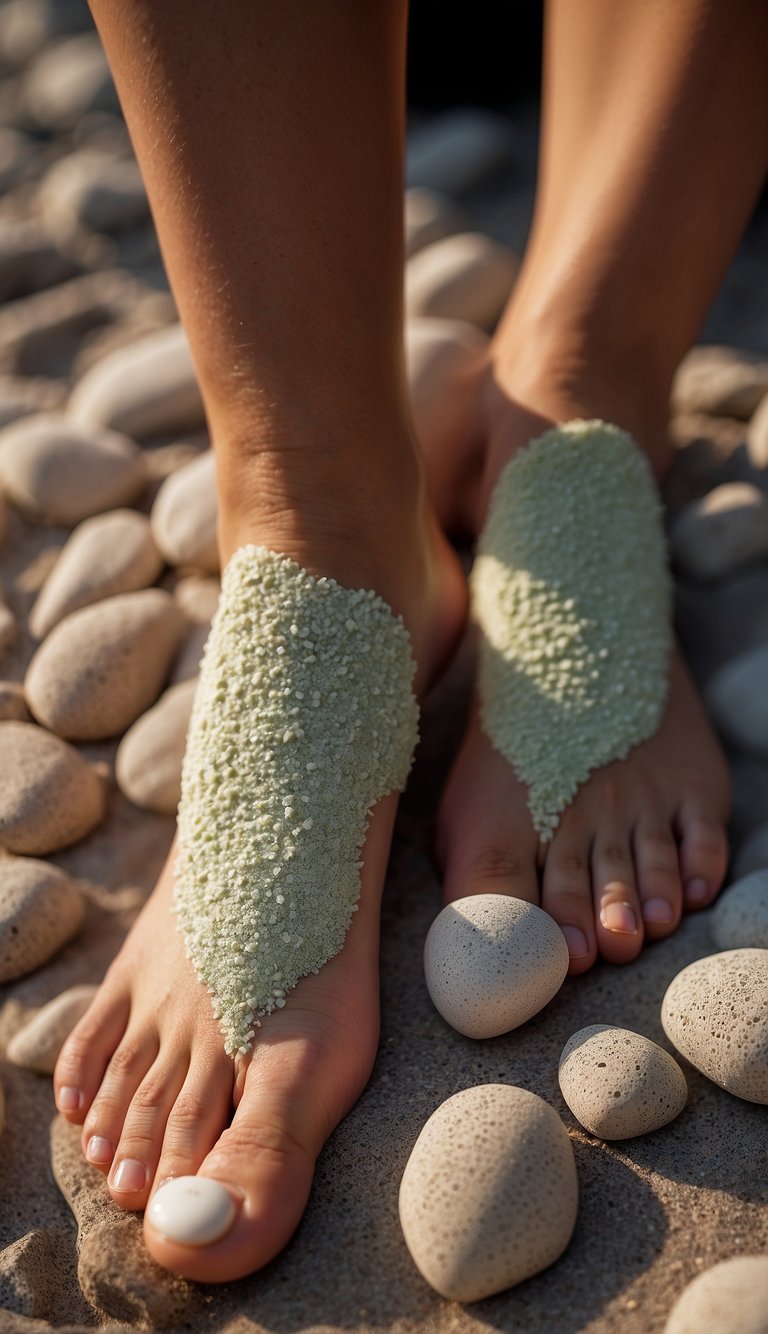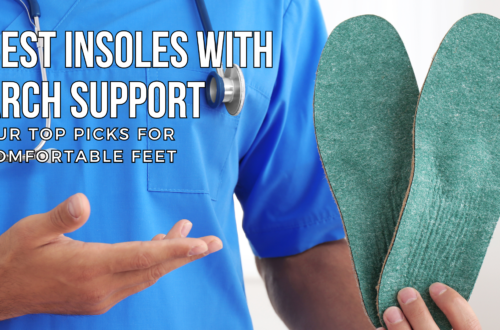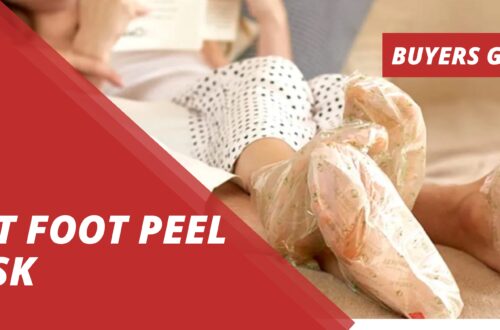How to Treat Calluses on the Bottom of Your Feet: Effective Remedies and Prevention Tips
Calluses on the bottom of one’s feet can be both unsightly and uncomfortable, impacting daily activities and overall foot health. These thickened and hardened areas of skin develop as the body’s natural response to friction and pressure, primarily caused by ill-fitting footwear, high-impact activities, or an uneven distribution of weight on the feet. Understanding the causes, prevention, and various treatment options available is essential in maintaining healthy and comfortable feet.

Some individuals may view calluses as a mere cosmetic concern; however, they can lead to further complications if left untreated. In more severe cases, the buildup of hard skin can become painful or develop into corns, which may require medical intervention. Thus, it is vital to address this common issue to prevent discomfort and promote overall foot health.
This article will guide readers in exploring the various options for treating calluses on the bottom of their feet. With DIY techniques, over-the-counter remedies, and professional medical treatments, finding the best solution for one’s specific needs is just a few steps away. Armed with this information, individuals can take a proactive approach to managing their foot health and maintaining happy, ache-free feet.
Understanding Calluses
Identifying Calluses
Calluses are thickened, hardened layers of skin that develop as a result of continuous pressure, friction, or irritation. They typically form on the bottom of the feet, specifically on the ball, heel, or side of the big toe. When examining your feet, calluses might appear as yellowish or greyish patches of hardened skin, often with a rough texture. Some people may experience slight discomfort or tenderness in the affected areas.
Causes of Calluses
There are several factors that contribute to the development of calluses:
- Ill-fitting shoes: Wearing footwear that is either too tight or too loose can cause increased friction on your feet, leading to calluses. High-heeled shoes can also result in extra pressure on specific areas of the foot.
- Improper foot mechanics: Some individuals have abnormal walking patterns or foot structures that resemble flat feet or high arches. These issues can cause an uneven distribution of pressure on the feet, resulting in callus formations.
- Physical activity: Engaging in activities that place stress on the feet, such as running, dancing, or playing sports, can lead to increased pressure on certain areas of the foot, contributing to callus development.
Prevention is key when it comes to calluses. Make sure to wear well-fitting, supportive footwear with adequate cushioning, and consider investing in orthotics if you have an unusual foot structure. Regularly inspect your feet for signs of calluses and attempt to address the cause as soon as possible.
Preventative Measures
Proper Footwear
Wearing the correct size and type of shoes can greatly reduce the risk of developing calluses on the bottom of your feet. Follow these tips for choosing proper footwear:
- Measure your feet and shop for shoes in the afternoon when your feet are at their largest
- Choose shoes with cushioned soles and arch support to help distribute pressure evenly
- Opt for breathable materials, such as leather or canvas, to reduce moisture buildup
- Avoid shoes with seams or stitching that can rub against your feet and cause friction
If necessary, consider using custom-made orthotics to provide additional support and reduce stress on your feet.
Foot Hygiene
Maintaining good foot hygiene is essential for preventing calluses. This includes:
- Washing your feet daily with mild soap and warm water
- Drying your feet thoroughly after washing, paying close attention to the spaces between your toes
- Applying a moisturising lotion daily, especially in areas prone to calluses
- Regularly exfoliating your feet using a pumice stone or foot file, to gently remove any buildup of dead skin
By adhering to these preventative measures, you can minimise the occurrence of calluses on the bottom of your feet and keep them healthy and comfortable.
Treatment Methods
Home Remedies
To treat calluses effectively at home, try these simple and efficient remedies:
- Soaking: Soak your feet in warm water for about 10-15 minutes. This helps to soften the callused skin, making it easier to remove. Add some Epsom salt or apple cider vinegar to enhance the softening effect.
- Exfoliation: After soaking, gently exfoliate the callused area using a pumice stone or foot file. Be cautious not to apply too much pressure, as this may damage the healthy skin underneath.
- Moisturising: Apply a thick moisturiser or foot cream containing ingredients like urea or salicylic acid, which can help soften calluses further. Make sure to moisturise regularly to maintain soft and supple skin.
- Footwear adjustments: Ensure that you are wearing comfortable and well-fitted shoes to reduce pressure and friction on the affected areas. Consider using cushioned insoles or pads, which can provide additional support and relief.
Over-the-Counter Solutions
If home remedies are not providing the desired results, there are several over-the-counter products available to treat calluses:
- Callus Removers: These products typically contain salicylic acid, which works by breaking down the dead skin cells on the callus. Apply according to the manufacturer’s instructions and be mindful of potential skin irritation.
- Cushioned Insoles: A variety of cushioned insoles and pads are available to help distribute pressure more evenly across the foot, reducing the formation of calluses.
- Silicone Toe Caps: These flexible caps can be worn on the toes to help prevent callus formation and friction between the toes.
Professional Treatments
If the calluses persist or worsen, consider seeking professional help:
- Podiatrist: A podiatrist, or chiropodist, is a healthcare professional specialising in foot care. They can assess the severity of the callus and recommend appropriate treatment methods, which may include debridement, custom orthotics, or further advice on preventing callus formation.
- Orthotist: An orthotist can help to create custom-made insoles or orthotics, which can provide additional support and proper foot alignment to alleviate calluses and other foot-related concerns.
In conclusion, treating calluses on the bottom of your feet can involve applying home remedies, over-the-counter solutions, or professional treatments. Taking care of your feet and wearing appropriate footwear can also reduce the likelihood of callus formation.
When to See a Doctor
While many calluses can be treated at home with proper foot care and over-the-counter remedies, there are cases when it’s crucial to consult a healthcare professional. The following situations can be a signal that medical expertise is required:
- Infection signs: If you notice redness, swelling, pus, or increased pain around the callus area.
- Diabetes: People with diabetes should always seek a doctor’s advice prior to any self-treatment, as they are more prone to foot infections and complications.
- Severe pain: Unbearable pain even after at-home treatments can be an indication of a more serious issue.
It is important to remember that proper diagnosis and treatment can prevent complications and further discomfort. Healthcare professionals can provide:
- Accurate identification of the underlying cause.
- Prescription of appropriate medications.
- Customised orthotic devices or shoe inserts.
- Recommendations for further care and prevention.
In summary, regularly observing your feet and identifying any concerning changes is essential. Listening to your body and seeking medical attention when necessary can prevent potential complications and ensure your long-term foot health.




